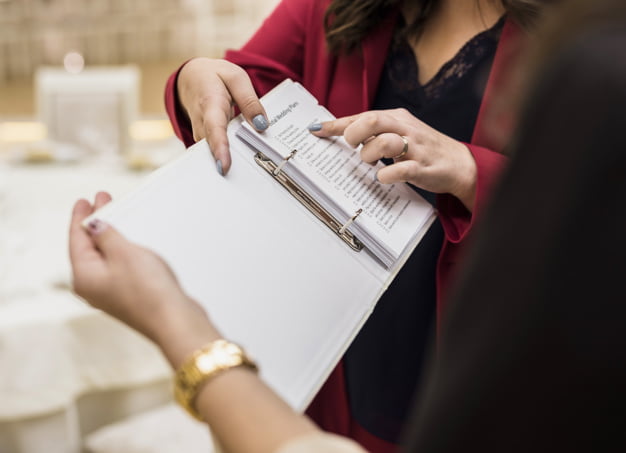
Corporate team buildings, especially for bigger organisations, would require more than one person to get all tasks done in that scenario it will require team building organising committee. In order to make sure that you will be running a successful event, asking for helping hands wouldn’t be a bad idea. As a matter of fact, delegating tasks to other people minimizes your duties and gives you more time to focus on your other tasks. At the same time, doing this is another great way to teach your staff on how to handle bigger responsibilities. Here in this article, we are giving you an overview of the roles and responsibilities of every members of a team building organising committee. Take note though that for smaller events, it’s not necessary to complete this structure. Use this as a guide in determining which tasks you can pass on to other people and which ones you want to take on personally.
Role: Team Building Head Organizer
Responsibility: This role is usually assigned to the head of the HR department. The task of the organising head is to oversee the whole event, delegate tasks, and make sure that things are all set for the actual team building day.
Role: Programme Coordinator
Responsibility: The person handling the programme committee is in-charge of coming up with a set of activities for the event. From planning the games, to securing props, tabulating the score sheets, inviting guest speakers, and writing the script — these are all the roles of the programme coordinator. While everybody’s role in this organising team is important, the task of this person is treated as a highly vital position as his or her output is to be the main event of the team building.
Role: Venue Coordinator
Responsibility: As the name suggests, the main responsibility of the venue coordinator is to look for the perfect place where the team building can take place. This person is supposed to be working one step ahead of the entire team because some committees won’t be able to move on with their tasks without finalizing the venue yet. For events situated out of town, venue coordinators are usually asked to lead the advance party and make sure that everything is set before the actual day of the event.
Role: Registration Coordinator
Responsibility: The role of the registration coordinator is to secure the number of participants attending the event. Prior to this, the person in-charge will work with the design team for the invitations to be sent out. On the event itself, it is part of the responsibility as well to check the actual attendees that came on the actual day.
Role: Design Administrator
Responsibility: The design person will work on making the whole event aesthetically pleasing. This includes the invitations, banners, customisation of props, and the like.
Role: Logistics Coordinator
Responsibility: The responsibility of the logistics coordinator is to ensure that all equipment needed on the day of the event is secured and to be delivered on time — this includes the sound system, tables, and chairs. The programme committee can also ask help from the logistics committee to take care of the props needed for the activities if the team needs so. For team buildings situated out of town, the job of securing vehicles for the participants goes to the logistics coordinator as well.
Role: Food Coordinator
Responsibility: You already know what this is. The food committee makes sure that all participants, including the guests, has something to eat. The role is particularly more important for overnight team building activities. For bigger events, others opt to source a caterer. On the other hand, most of smaller events choose to come up with their own menu, so the bulk of the coordinator’s task goes to that.
As you can see, organising a team building event will really take up so much of your time and effort in order to make it a successful one. But you should know that at the end of all your hard work, you will reap the fruits of a rejuvenated team members of your organisation. Therefore a team building organising committee will be a great help.
If you don’t have much hand in your organising team, and you need help from professional event organisers like us, just feel free to ask. Team Music offers an all-in package with venue and program for companies who want to have an extraordinary corporate team building.

